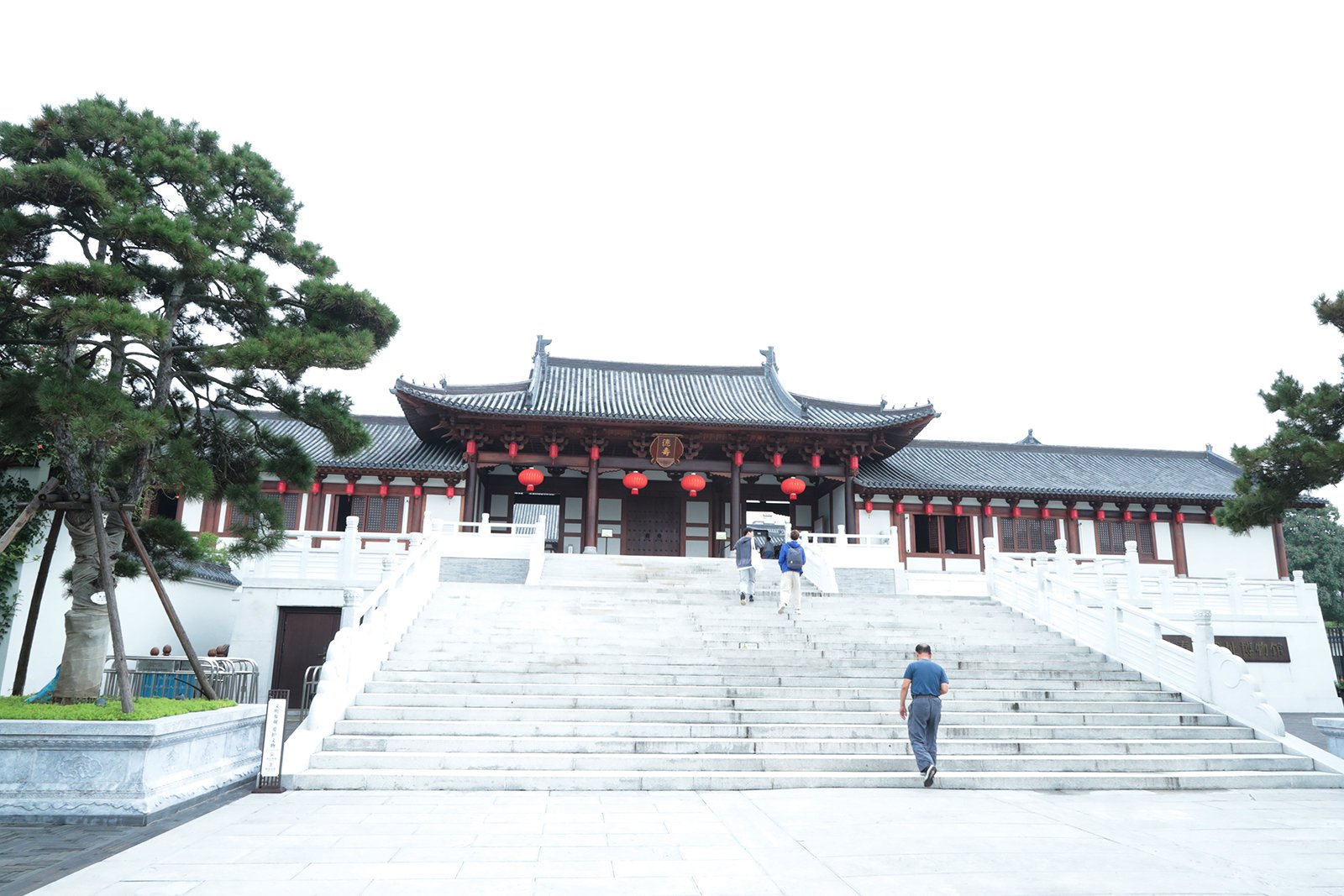The Deshou Palace Ruins Museum, nestled in the historical city of Hangzhou in east China’s Zhejiang Province, has swiftly become a hub for history enthusiasts and tourists alike. Since its opening in November 2022, this meticulously restored royal palace has offered a unique glimpse into the royal life of ancient China, particularly during the Southern Song Dynasty (1127-1279).
Hangzhou, formerly known as Lin’an, was the epicenter of the Southern Song Dynasty, a period marked by cultural and political significance. The Deshou Palace, also known as the Palace of Morals and Longevity, served as a tranquil retreat for two former emperors, Gaozong and Xiaozong, who abdicated the throne in 1162 and 1189, respectively. This site, steeped in history, provided a sanctuary for these emperors to spend their post-reign years.
Tragically, the palace was engulfed in flames in 1206, leading to its ruin. It remained lost to time until 1984, when archaeologists unearthed this historic site. Since its rediscovery, over 8,000 cultural artifacts have been found, shedding light on the opulence and artistry of the era. These artifacts include exquisite porcelain pieces, calligraphy works, and structural remnants like foundations and drainage systems, all offering insights into the sophisticated craftsmanship and architectural prowess of the time.
The museum’s layout mirrors the architectural design of the Southern Song Dynasty’s imperial city, providing an authentic representation of that era. The Deshou Palace museum hosts various exhibitions, effectively illustrating the daily lives of the emperors and the common people of that time. These exhibitions serve as a portal to the past, offering visitors a comprehensive understanding of the cultural and social dynamics of the Southern Song period.
A standout feature of the museum is the Chonghua Hall, the primary structure of Deshou Palace. Reconstructed based on historical records and materials, the hall’s remnants are considered the essence of the museum. This reconstruction is a testament to the meticulous efforts to preserve and celebrate ancient Chinese heritage.
The museum’s use of digital technology enhances the visitor experience, creating an immersive journey through time. Digital installations complement the physical remnants of the palace, such as column bases and wells, allowing visitors to envision the palace’s original grandeur. These installations showcase the exquisite craftsmanship and elegance of the Southern Song Dynasty, providing a vivid representation of the sophisticated lifestyles of its inhabitants.
Despite implementing a daily cap on visitor numbers to safeguard the cultural relics, the museum has welcomed over 600,000 individuals and more than 2,000 group visits in the past year. This impressive turnout underscores the museum’s appeal and its role in bringing ancient Chinese history to life for contemporary audiences.
In summary, the Deshou Palace Ruins Museum in Hangzhou stands as a remarkable portal to China’s illustrious past. Through its exhibitions, reconstructions, and digital presentations, the museum not only preserves the rich legacy of the Southern Song Dynasty but also offers a captivating experience for those eager to explore the depths of China’s royal and cultural history.
READ MORE:
